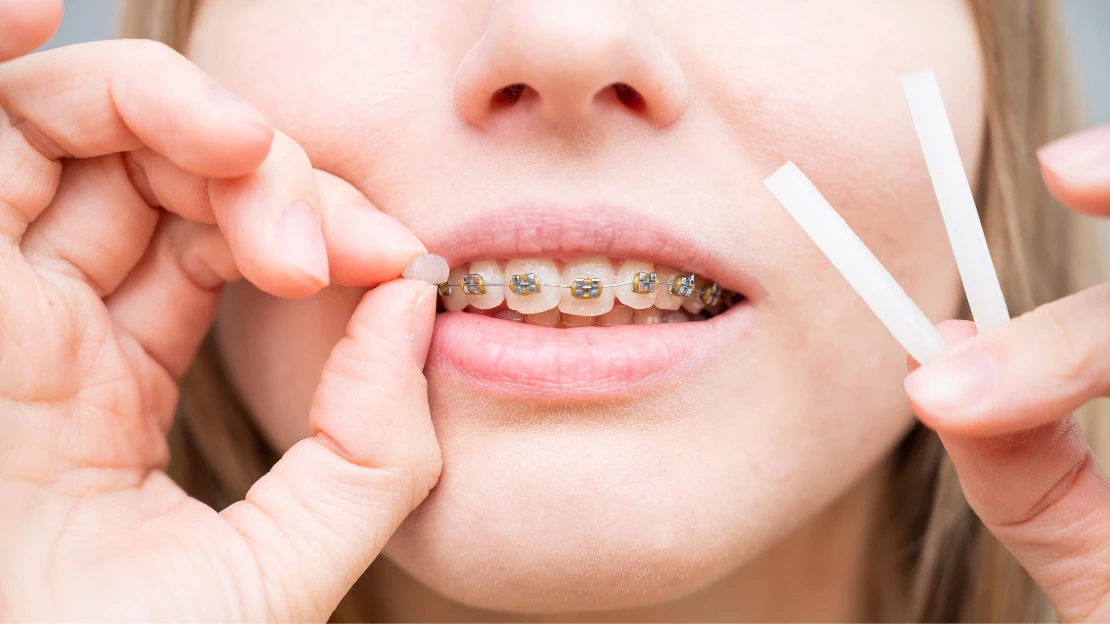About Legacy Orthodontics
About Legacy Orthodontics
Blog Article
What Does Legacy Orthodontics Do?
Table of ContentsSome Ideas on Legacy Orthodontics You Need To KnowGetting The Legacy Orthodontics To WorkThe Ultimate Guide To Legacy OrthodonticsLegacy Orthodontics - Questions4 Simple Techniques For Legacy Orthodontics
At Advanced Orthodontics, we provide clients with a alternative treatment experience. Furthermore, we provide flexible treatment timetables, adaptable settlement alternatives and an enjoyable, enjoyable experience. leesburg invisalign. Phone call ( 480) 357-4900 today to find out more and routine an appointment.An orthodontist is a dental expert educated to identify, protect against, and treat teeth and jaw abnormalities. Orthodontists function with people of all ages, from kids to grownups.
Malocclusion, or misaligned teeth, can result in oral issues, consisting of dental caries, gum condition, and difficult or painful chewing. Not everybody is birthed with straight teeth. If you have a bad bite or big spaces between your teeth, you might wish to seek advice from a dentist focusing on orthodontic treatment.
9 Simple Techniques For Legacy Orthodontics
( Picture Credit Score: DigitalVision/Getty Images) Orthodontists make use of fixed and removable dental devices, like dental braces, retainers, and bands, to transform the setting of teeth in your mouth. Orthodontic treatment is for oral abnormalities, consisting of: Crooked teethBite issues, like an overbite or an underbiteCrowded teeth or teeth that are too far apartJaw misalignmentThe goal of orthodontic therapy is to boost your bite.
While you could assume of orthodontists as mainly for children or teenagers that need braces, they can remedy oral problems at any age. Orthodontists attend university, oral institution, and orthodontic institution.
All orthodontists are dental professionals, but not all dentists are orthodontists. Orthodontic residency programs offer extensive, concentrated guideline for dental specialists. They concentrate on 2 areas: How to properly and securely move teeth How to properly lead growth in the teeth, jaw, and faceOnce an orthodontist has actually completed training, they have the option to become board certified.
The Ultimate Guide To Legacy Orthodontics
Malocclusion leads to tooth overcrowding, an irregular jaw, or uneven bite patterns. Malocclusion is typically treated with: Your orthodontist connects steel, ceramic, or plastic square bonds to your teeth.
If you have just small malocclusion, you might be able to utilize clear dental braces, called aligners, rather than typical dental braces (https://www.evernote.com/shard/s367/sh/122b25c0-2300-ab15-4428-83571f0ae5a5/Un0837fCLpdWXb-pH7uoIPQzItTxLBIpTfSkXiQcXchu7Rs2zV31_dJROQ). Some individuals need a headgear to assist relocate teeth right into line with pressure from outside the mouth. After dental braces or aligners, you'll require to wear a retainer. A retainer is a custom tool that keeps your teeth in position.
They're usually used on children. They can produce additional area in the mouth without needing to draw teeth. If you have a serious underbite or overbite, you might need orthognathic surgical procedure (also called orthodontic surgical treatment) to lengthen or shorten your jaw. Orthodontists utilize cords, medical screws, or plates to support your jaw bone.
You may need to see an orthodontist if you have: Crowding or not enough space for all of your teethOverbite, when your upper teeth come by your bottom teethUnderbite, when your bottom teeth are too much forwardSpacing or concerns with gapsCrossbite, which is when your top teeth fit behind your base teeth when your mouth is closedOpen bite or an upright void in between your front base and upper teethMisplaced midline, when the center of your bottom and top teeth don't line up Dealing with an oral malocclusion can: Make biting, eating, and speaking easierImprove the symmetry of our face and your overall appearanceEase web pain from temporomandibular joint conditionsSeparate your teeth and make them much easier to cleanse, assisting avoid dental caries or tooth cavities It's usually a dental expert who first notifications misaligned teeth throughout a regular exam.
5 Easy Facts About Legacy Orthodontics Explained

During your very first orthodontic appointment, you'll likely have: A dental examPhotos taken of your face and smileDental X-raysPanoramic (360 level) X-rays of your face and headImpressions to produce molds of your teethThese examinations will certainly assist your orthodontist recognize exactly how to proceed with your treatment. invisalign. An orthodontist is a dental professional who's had training to treat your teeth and jaw
An orthodontist is focused on your bite, so something like a chipped tooth would be handled by a dental practitioner. Orthodontists are focused on your bite, or the means your teeth fit together, and the straightness of your teeth.
Ever before wondered just how celebrities constantly seem to have completely aligned teeth? The response typically depends on the knowledgeable hands of an orthodontist. What exactly does an orthodontist do? Orthodontists are dental professionals who concentrate on correcting abnormalities in the teeth and jaws. Their competence surpasses just producing a gorgeous smile; it includes boosting your overall dental health and function.
Not known Facts About Legacy Orthodontics

, orthodontists have a diverse toolkit at their disposal. These tried-and-true dental braces utilize a system of brackets bound to the teeth and linked by cables.
These removable trays are custom-made to considerably move the teeth's position. In instances of narrow jaws, palatal expanders can be made use of to create room for proper tooth placement.
Report this page